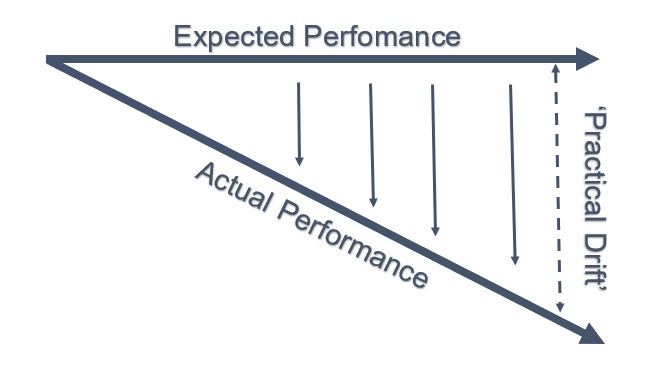On November 30th, I wrote a blog post for Metro Magazine about “Practical Drift,” the tendency to drift away from the proper and precise way we were taught to perform a job or function. In the case of bus drivers, the drift manifests itself by the forming of bad habits and short cuts such as rolling stops, driving over the speed limit, or rushing through intersections.
This type of deviation from standard operating procedures put in place to ensure safety represents significant risk to the organizations. Interestingly, we have learned from studying data compiled from billions of miles driven that a large percentage of that operational risk is the result of just a small percentage of drivers drifting away from expected standards of performance. The good news is that technology is available that will help to identify where risky behaviors are likely to occur, where deviation (or drift) from the norm will happen. This insight can be used to provide coaching, support, and consistent reinforcement of desired behaviors that will discourage and minimize drift from occurring within operations.
Read the entire Metro Magazine article: ‘Practical Drift’ is Bus Safety’s Silent Adversary
Download our Transit Buyer’s Guide and Contact Us to learn how our technology can help reduce “practical drift.”
(Photo credit: “Standard Operating Procedure” by Patient Care Technician, is licensed under CC BY 2.0)


